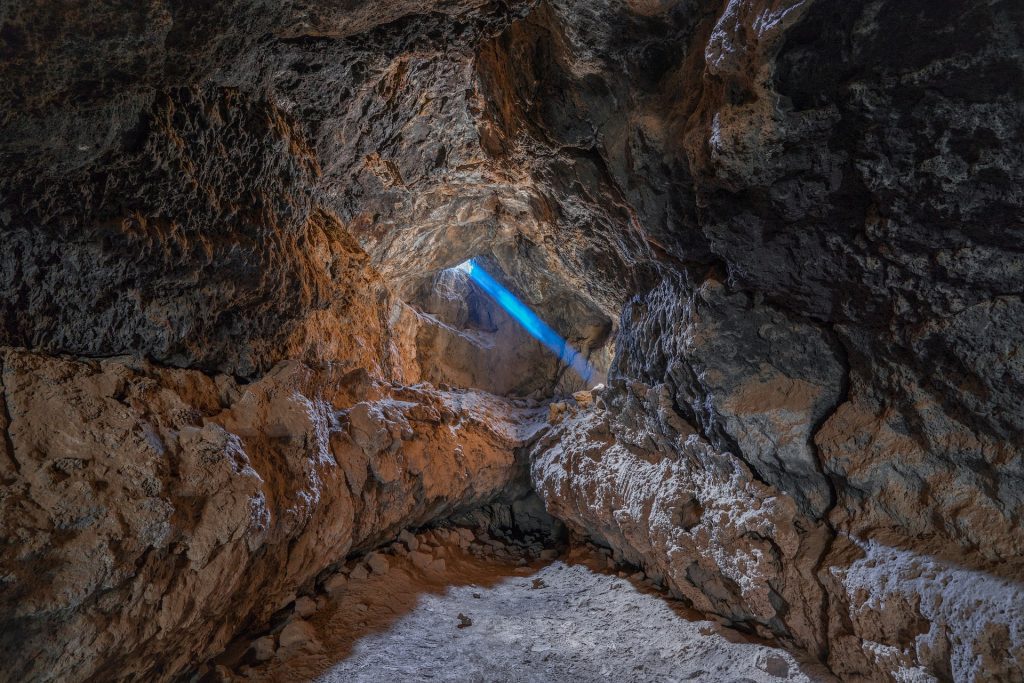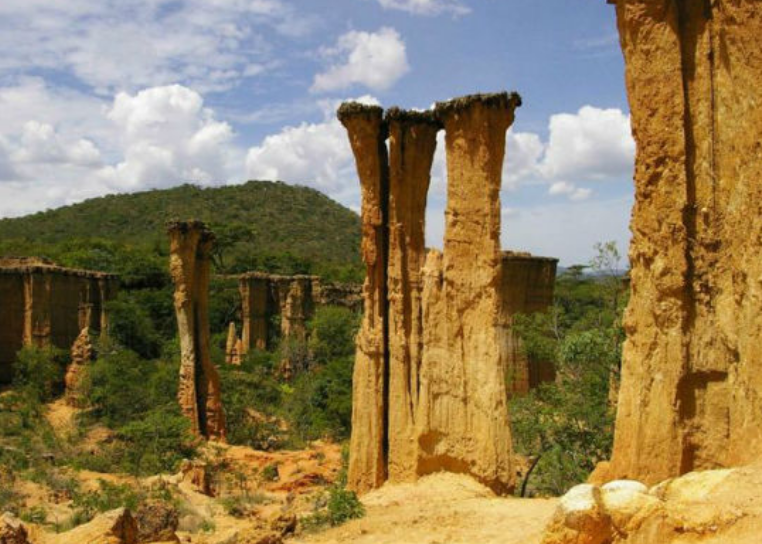10 Breathtaking African Historical Landmarks

10 African Historical Landmarks |
Before we go into all the details in this article, we must first agree on something. Unlike popular misconceptions, Africa is not a country. Africa is not a single city. Africa is the second-largest and second-most-populous continent on the face of the earth today.
Since finding fossils and other evidence of human life that dates back to over 7 million years ago, paleoanthropologists are forced to believe that Africa might just be the oldest continent in existence. Or at least, the territory where the oldest evidence of human life has been found. She is home to 54 proud countries and over one billion people. Currently, the population of Africa is synonymous with over 17% of the world’s population.
Now that we have that quick lesson about Africa out of the way, let’s dive into the real reason why we are here. Being a continent that is still so connected to her roots and culture, Africa houses some of the most beautiful landmarks and historical sites in the world today. These sites are beautiful blends of culture, mystery, history, architecture, artistry, and simple wonder found across the 54 countries that make up this beautiful continent. Without further ado, we present to you, 10 breathtaking African historical landmarks.
1. The Great Pyramid of Giza in Egypt
This landmark is one of the seven wonders of the world and is located in Cairo, Egypt (a country located in the northeastern part of Africa). The Great Pyramid of Giza is the largest of the three pyramid structures located in Egypt. These three pyramids of Giza were initially built as tombs for the Pharaohs of Egypt. The Great Pyramid in particular was built for Pharaoh Khufu about 4,500 years ago.
According to scientists and archaeologists, the Great Pyramid of Giza was built with over 2.3 million blocks. There is no concrete evidence that points to how the ancient Egyptians were able to achieve this monumental feat, but research by Herodotus, a Greek historian, has proven that the construction took 20 years (give or take) and roughly 100,000 men.
According to the Egyptian culture, Pharaohs were literally gods on earth and as such, their burials were of great cultural significance. The ascending pattern of the pyramid is supposed to aid the Pharaoh as he ascends to the afterlife. Also, these pyramid tombs were also filled with expensive treasures which these kings were to take to the afterlife.
It was declared a UNESCO Heritage Site in 1979. If this doesn’t make you feel like you have to be in Egypt this minute, then I don’t know what will.

2. Leptis Magna in Libya
The State of Libya, located in the northern part of Africa, is home to Leptis Magna. Leptis Magna is a city in the northwestern area of Libya, and it was once a prominent city under the Roman Empire. As a result of that fact, the area is today home to some of the finest ruins of Roman architecture in existence.
The reason why it is such a great tourist location is because of the typical roman structures that still exist in the city. Structures like amphitheaters, mosaics, entryways, bath-houses, theaters, Roman-style marketplaces, columns, and even the Arch of Septimius Severus (the Roman Emperor that saw to its expansion). The city suffered several attacks from the Vandals, Byzantine Empire, and eventually the Arabs. By the 10th century, Leptis Magna was covered in sand. It was not until the 20th century that the ruins were excavated by the Italians and finally put up for public appreciation. It became a UNESCO World Heritage Site in 1982.

3. Fort Jesus in Kenya
As the name suggests, the Fort Jesus in Kenya is a fortified building that was built to protect the Portuguese living in East Africa in 1593. Kenya is a country in East Africa and this particular monument is located on Mombasa Island. Historically, a fort was not just built to protect a certain group of people, it was also a trading station. Fort Jesus was one of such trading stations. This was during a time when the Portuguese handled trade around the Indian Ocean. This is a spot that is very essential in the slave story of East Africans because it was from this port that they would travel to different parts of the world to become slaves.
The Fort was designed by an Italian architect, Joao Batista Catista but the labor and building materials came from the Libyans (obviously). Over the years, the Fort has been used to accomplish a lot of different things – a prison for slaves, a military barrack, and eventually, a national park. It was declared a UNESCO World Heritage Site in 2011.

4. Ogbunike Caves in Nigeria
The Ogbunike Caves are located in Nigeria, a country in the Western part of Africa. More specifically, they are located in southeastern Nigeria in a region called Anambra state.
As the name suggests, this landmark is a network of quite a number of caves connected by small tunnels and pathways. Although there is no clear indication of when or how the caves were discovered, they form an integral part of the spiritual and historical values of the Anambra people. During the times of the Nigerian Civil War, soldiers were said to hide from their enemies in the safety of the caves. Also, history has it that Slave traders used the caves to conduct their trades.
Given its spiritual significance to the people of Ogbunike (after which the caves were named), there are a few superstitions surrounding this structure. It is said that an outsider would never understand how the cave works. They also say the cave houses Ogba, the deity who created it. The cave is also said to have certain spiritual powers – healing, answering prayers, talking, etc. Currently, this site is on the tentative list of potential UNESCO’s World Heritage Sites.

5. Isimila Stone Age Site in Tanzania
Isimila Stone Age Site is located in Tanzania, a country in the Eastern part of Africa. This area is within an erosion gully on the plateau of Iringa. If you know anything about hominids, then you’ll understand how important this site is. According to scientists, hominoids are a primate species ancestral to humans.
On this site, you would find fossils of very extinct mammals, stone tools, and bones of suspected hominoids. These discoveries led to general archaeological curiosities. There is a museum near the site where these discoveries are displayed for public appreciation.

6. Mount Kilimanjaro in Tanzania
This landmark is already very popular. It is the tallest mountain in Africa, making it one of the seven summits in the world. Because this mountain stands on its own, it is also the world’s tallest free-standing mountain. It is located in Tanzania.
The mountain was created by three volcanic cones named Kibo, Mawenzi, and Shira. Although the last volcanic activity detected from the mountain was 200,000 years ago, scientists claim that the rock is not dead. Instead, it is just dormant (that means it can erupt again!). There is no generally accepted theory as to how the name ‘Kilimanjaro’ came about, but a few explorers have come up with a few theories. Although the estimated age of the rock is 3 million years, Mount Kilimanjaro remains a rock-solid (pun intended) destination site.

7. Victoria Falls in Zambia
Mosi-oa-Tunya is the world’s greatest and most beautiful sheet of free-falling water. The name Mosi-oa-Tunya translates to “The Smoke That Thunders” but the first European to view the waterfall, David Livingstone, decided to name it after Queen Victoria of England – hence, Victoria Falls. This waterfall located in Zambia (a country in the Southern part of Africa) is surrounded by diverse wildlife and an awe-striking beauty that leaves its viewers entranced.
Currently, there are about 400,000 tourist visits to this historic site every year. On the edge of the waterfall, there is a calm body of water where people can actually swim! This part of the waterfall is called the Devil’s pool – a name inspired by a legend that that spot is a cross between good and evil – and since 1959, over 20 deaths have been recorded there. It became a UNESCO World Heritage Site in 1989.

8. Robben Island in South Africa
If you’re really looking to see African history right in the face, then Robben Island is where to go. This Island located in South Africa (a country located in Southern Africa, obviously) has a whole lot of history and cultural significance to the people of that region.
Since before the eradication of apartheid, this island has meant different things at different periods. At first, it was just a habitation for animals. In fact, its Dutch name ‘Robben’ means ‘Seal’ because the island was surrounded by seals. Then, it became a place where ships come to top off their water and food. By 1671, the Dutch people turned it into a prison and also an asylum for the mentally imbalanced.
For 18 years of Nelson Mandela’s 27-year sentence, he was at Robben Island. In fact, three of Robben Island’s past inmates have gone on to become the Presidents of South Africa after independence – Nelson Mandela, Kgalema Motlanthe, and Jacob Zuma. When you go on tour, you can even see Nelson Mandela’s prison cell if you please! It became a UNESCO World Heritage Site in 1999.

9. Thebes in Egypt
This is the city of Egyptian antiquity. It was the capital of Egypt during two eras – the Middle and the New Kingdoms. It was also referred to as the abode of Amon, a foremost Egyptian god. Thebes is home to a host of historically significant sites like the Luxor, Karnak, Valley of the Kings and Valley of the Queens. This city holds some of the greatest evidence of Egypt’s civilization. There are relics, monuments, royal tombs, treasures, palaces, and a lot of other antique gems. It became a UNESCO World Heritage Site in 1979.

10. Osun-Osogbo Sacred Grove in Nigeria
This is a site that is centered in the cultural and religious beliefs of the Yoruba people of Nigeria. The dense forest which makes up this sacred grove is said to be the abode of the deity, Osun, the Yoruba goddess of fertility. In this grove, you would find shrines dedicated to the worship of Osun, the river goddess. There are also artworks and sculptures dedicated to her.
Every year, indigenes of Osun state hold a festival – Osun-Osogbo Festival – where they partake in celebrations, cultural and traditional reunions, and also the symbolic cleansing of the land.
In ancient times, groves were dedicated to each of the gods in the Yoruba pantheon, but now, the Osun-Osogbo Sacred Grove is said to be the only one standing. It became a UNESCO World Heritage Site in 2005.

Literally, every single tribe that exists in Africa today has a few monuments and historical sites that would simply blow your mind away. Some of them might not be on the UNESCO World Heritage Site. In fact, some of them might remain ‘undiscovered’ for years to come. Bottom line is that this list of 10 African historical landmarks does no justice to the real history and landmarks that exist in Africa, but we really hope you learned something!
You can share the landmarks that exist in your own country down in the comment section!! 😉😃
She's an African, Afro-American breed. She's way too radical in her writing style. She adds in a little childish nature to the mix, representing all you want to be but can't.

